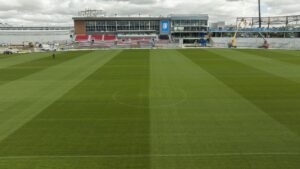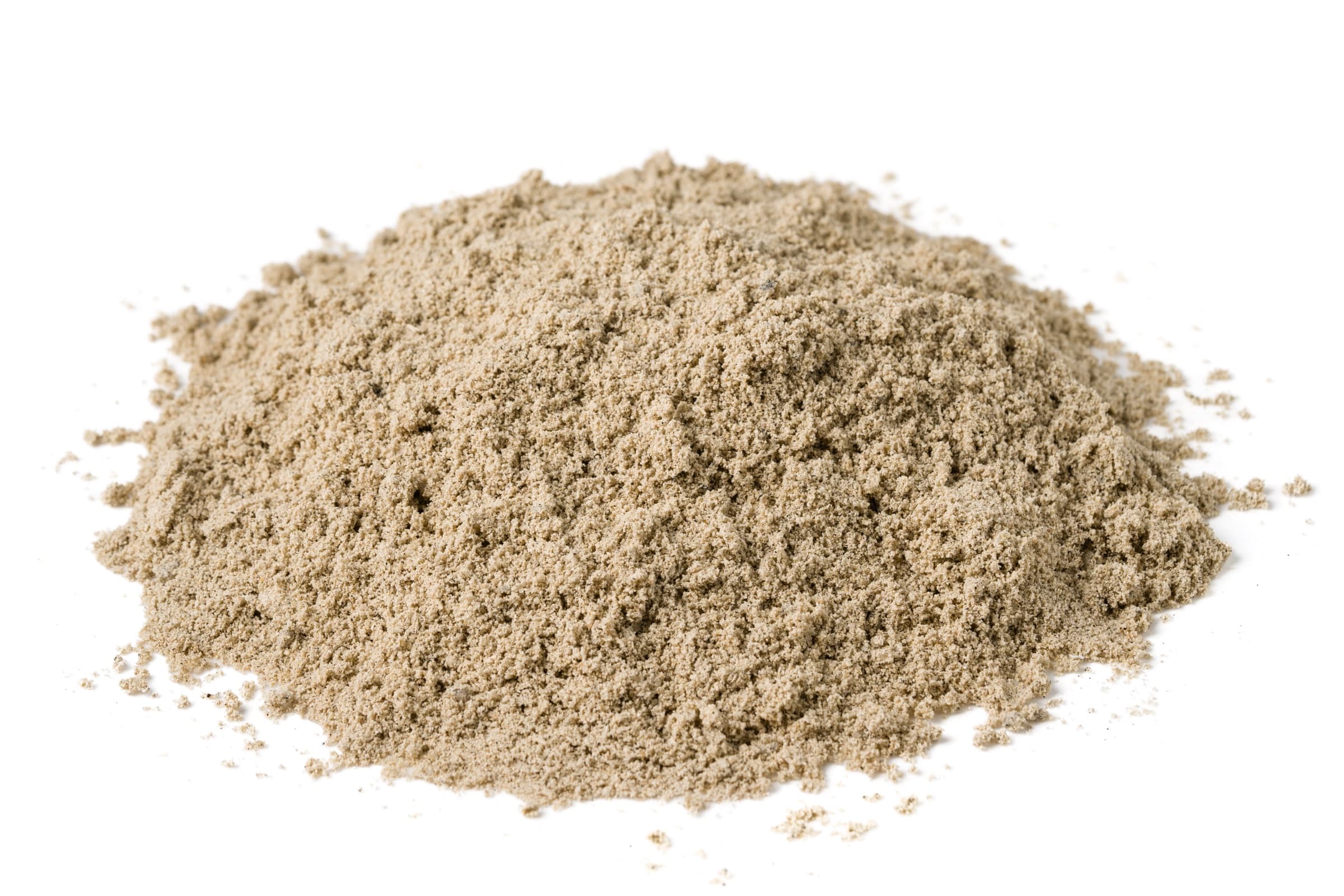In stabilised sand, meticulous adherence to prescribed mixing ratios, compaction methodologies, and curing protocols is fundamental for realising optimal outcomes. It is imperative to engage the expertise of civil engineers or construction specialists well-versed in soil stabilisation. Their insights are invaluable in discerning the most suitable stabilising agents, proportions for mixing, and techniques for application, all of which should be carefully designed and customised to the precise requisites of the project in question.
This is a natural product, and colour variations may occur between batches. We recommend taking delivery of the full job requirements at once to minimise colour differences.
Applications
Stabilised sand, or engineered sand or stabilised soil, is a versatile construction material that finds application in various construction, infrastructure development, and landscaping contexts. Its primary purpose is to enhance engineering attributes, including strength, durability, load-bearing capacity, and resistance to erosive forces. The possible applications for stabilised sand include:
Road Base and Pavement Subbase: Stabilised sand is an ideal base or subbase material for road construction and pavement projects. Adding a stabilising agent improves load-bearing capacity and durability, reducing the risk of settlement and deformation.
Parking Lots and Driveways: Similar to road applications, stabilised sand can be used in parking lots and driveways, providing a stable and supportive surface capable of withstanding vehicle traffic.
Foundation Support: Stabilised sand is invaluable for improving soil’s load-bearing capacity beneath building foundations and structures. It helps prevent settling and provides a solid base, ensuring the stability and longevity of construction projects.
Utility Trench Backfill: Stabilised sand is an excellent choice for backfilling utility trenches, offering stable support around buried pipes, cables, and conduits. This prevents damage and ensures the integrity of buried utilities.
Stormwater Management: Stabilised sand is employed in stormwater management systems to create stable infiltration basins or detention areas. These structures effectively manage and control stormwater runoff, preventing erosion and flooding.
To achieve optimal results, adhering to prescribed mixing ratios, compaction methodologies, and curing protocols is crucial while consulting with experienced civil engineers or construction specialists well-versed in soil stabilisation techniques.
Benefits
Stabilised sand offers a range of benefits that enhance its suitability for various construction and landscaping applications. One of its key advantages lies in its ability to provide strength and stability to the sand, significantly reducing the risks of settling, deformation, and erosion over time. This improved strength and stability translate into a higher load-bearing capacity, allowing stabilised sand to withstand heavier loads and resist compressive forces better than untreated sand.
Its resistance to erosion is another valuable attribute, making it a preferred choice for applications where water flow or runoff is a concern, ensuring the integrity of structures and surfaces.
Moreover, there are environmental benefits associated with using stabilised sand. In some instances, its use can reduce the necessity for importing additional materials, contributing to resource conservation and sustainability efforts. Overall, the enhanced strength, stability, load-bearing capacity, durability, erosion resistance, and environmental advantages collectively make stabilised sand a valuable and responsible choice for construction and landscaping projects.
Products
More like this

Recycled Glass Sand
The utilisation of recycled glass as pipe embedment material entails the integration of crushed glass particles into the bedding and backfill strata surrounding pipes during the process of installing subterranean utilities, including water...

Gas Sand
Used in the context of gas pipelines, specifically for supporting and stabilising the pipelines rather than gas extraction

Case
studies

Normark
Established in 1977, Normark are a second generation family business specialising in landscape design and construction across Melbourne. "From inner-city Melbourne courtyards to large commercial open spaces, Normark will deliver."

Normark
Established in 1977, Normark are a second generation family business specialising in landscape design and construction across Melbourne. "From inner-city Melbourne courtyards to large commercial open spaces, Normark will deliver."

Normark
Established in 1977, Normark are a second generation family business specialising in landscape design and construction across Melbourne. "From inner-city Melbourne courtyards to large commercial open spaces, Normark will deliver."

Normark
Established in 1977, Normark are a second generation family business specialising in landscape design and construction across Melbourne. "From inner-city Melbourne courtyards to large commercial open spaces, Normark will deliver."

Normark
Established in 1977, Normark are a second generation family business specialising in landscape design and construction across Melbourne. "From inner-city Melbourne courtyards to large commercial open spaces, Normark will deliver."


